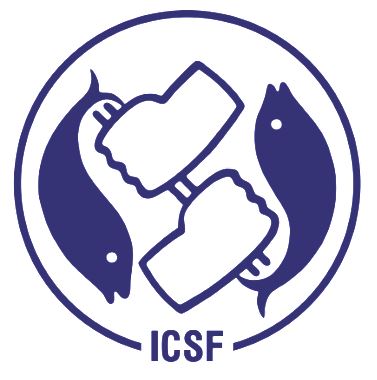Sharma, A. P. and Katiha, P. K. and Sahoo, A. K. and Chandra, Ganesh (2013) State of inland fisheries and inland fisher community of India. ResearchGate.
Full text not available from this repository. (Request a copy)Abstract
With exponential increase in human population. the food demand, shrinkage of cultivable land and decline in the agricultural productivity. role of livestock and fisheries sectors to fulfill growing demand for food is of paramount importance for nutritional security. In this context significance of fisheries sector is enormous and well documented. Starting from a purely traditional activity in the early fifties. the fisheries sector has transformed into a significant commercial enterprise with impressive growth (overI 0 fold increase in last six decades). The sector is employer of more than 14 million people. The environmental and social perspectives of inland open water fisheries provided them recognition as one of the major resources for fisheries development. These water bodies are defined as standing waters (lentic) such as lakes, swamps and running waters (lotic), viz, rivers, estuaries, backwaters. The fisher may be defined as a person whose traditional occupation is fishing and fish culture, so as to exclude the middlemen from leasing the Govt. ponds Oll priority. The fisher community is one of the poorest and unorganized communities in the society. The inland open waters in India are in form of rivers, mangroves. estuaries. estuarine wetlands. backwaters/lagoons, reservoirs. floodplain wetlands and upland lakes. They endow one of the richest fish species diversity in the world. l'he Gangetic system accounts for over 143 species of fish, while 126 species belonging to 26 families have been recorded from Brahmaputra system. The peninsular rivers reported to bear at least 76 fish species. The fish yield in rivers Ganga. Brahmaputra, Narmada. Tapti, Godavari, and Krishna, varied from 0.64 to 1.64 t per krn. with an average of 1 [per km. Most of these waters either have sub-optimal water quality or impacted ecological conditions that limit their fish production and productivity. Water being the habitat for fish. their survival needs continuo LIS acclimation with the environmental changes. In recent years the incidence of fish mortality are frequently being reported horn various regions of the country.
| Item Type: | Documents |
|---|---|
| Keywords: | Inland Fisheries, Inland Fishers, Aquaculture, Livelihood, Fishing Community, Inland Fisher Community, Aquatic Environment, Habitat, Reservoirs, Wetlands, Ecosystem, Freshwater Resources, Aquatic Habitats |
| Subjects: | Right to Resources |
| Depositing User: | Bharti Vijaya |
| Date Deposited: | 31 Jan 2023 11:10 |
| Last Modified: | 31 Jan 2023 11:10 |
| URI: | http://icsfarchives.net/id/eprint/18075 |
Actions (login required)
 |
View Item |


